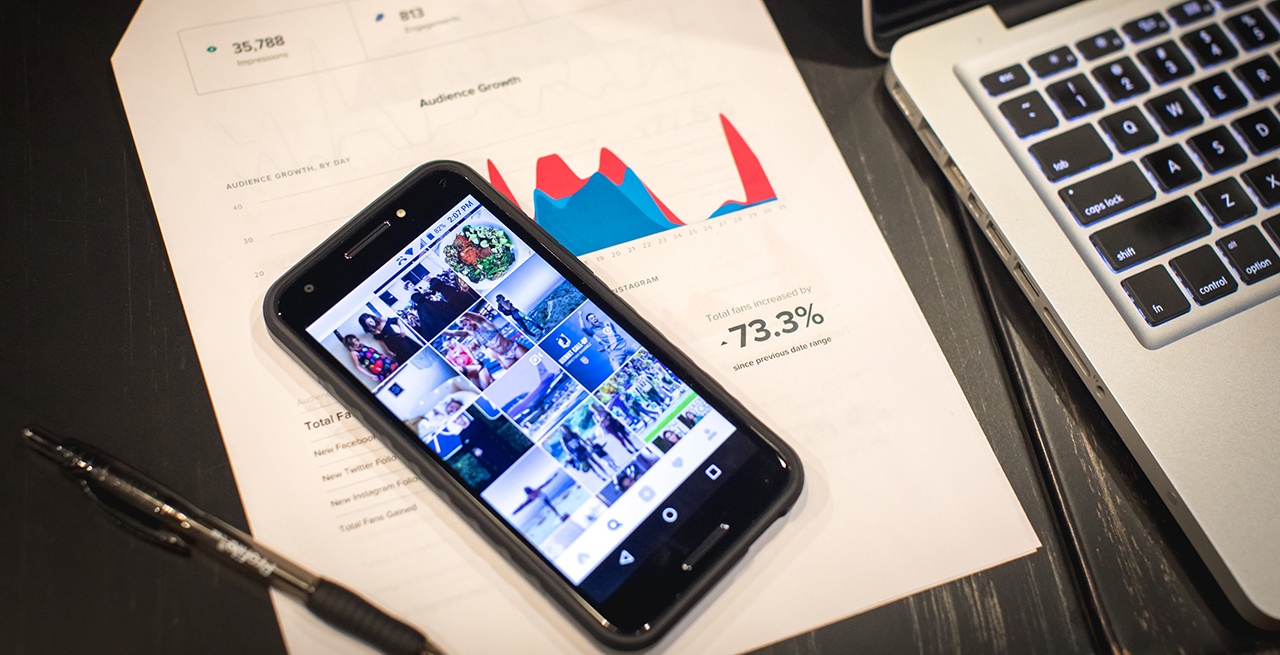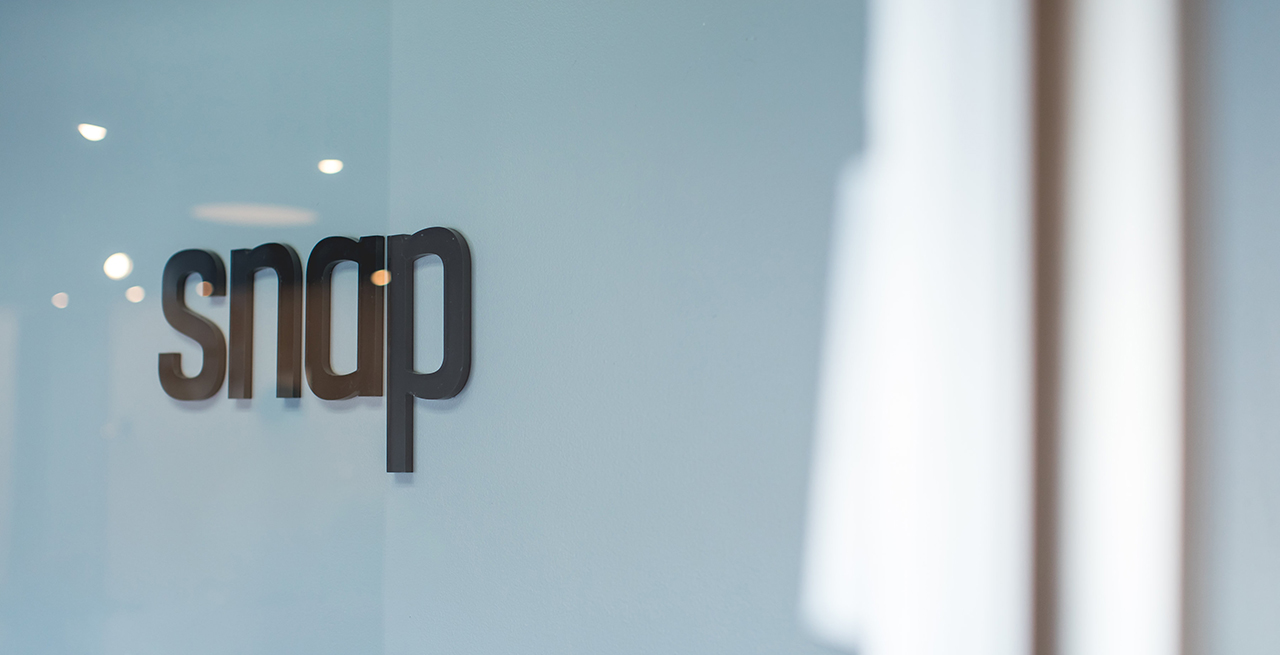When it comes to promoting your brand on social media, hashtags are integral to success. Whether you’re building a tribe on Pinterest, joining a Twitter conversation, or promoting a new product to a specific geographic location, utilizing the power of hashtags is a great way to make your content more accessible. Leveraging the wrong hashtags, though—or using them incorrectly—is a dead giveaway to any savvy social media user that your brand doesn’t have things together. To stay on-trend and make the most of your marketing efforts, it’s vital to understand how hashtags actually work and how to use them to your advantage.
What’s a Hashtag?

The term refers to both the symbol (aka the pound sign) and the symbol followed by a word or keyword phrase. Spelled without spaces, hashtagged words or phrases (#likethis) can include numbers, but no other symbols or punctuation. Hashtags work to increase keyword searchability and draw attention to and interaction with your posts. They can be placed anywhere in the body of the text, meaning that it’s easy to incorporate them into the language of the caption itself or just list them all at the very end. Sorted alongside other posts that have the same keywords, hashtagged content can be seen by anyone—not just your social network—who searches for the term.
How Do Hashtags Work?
If your brand doesn’t already utilize hashtags, there’s no need to reinvent the wheel. The simplest way to start capitalizing on keywords is to research existing hashtags that are relevant to your brand or target audience on social. What hashtags do other brands in your industry seem to use successfully? Which buzzwords do you see being tagged often? If manual social listening isn’t cutting it for you, tools like Hashtagify can help you find and analyze the most valuable keywords.
In addition to hopping onto existing hashtags, you can create your own to steer website traffic back to your unique site and content. Custom hashtags can be used to advertise brand events, introduce new products, tag specific locations or people, and more. Once you’ve established a list of workable keywords for hashtags, it’s time to plug them into your social media accounts.
Hashtags and hyperlinks are most commonly used on Twitter and Instagram due to their high searchability and hashtag-friendly formatting, but they can also be used on LinkedIn and Facebook. Social media users can typically search hashtags by clicking on one and being taken to a full list of related posts and similar hashtags. Since using hashtags significantly widens your reach, it’s crucial that your linked organic content be valuable and free of errors.
Make the Most of Your Hashtags
Although the concept of hashtags is relatively simple, utilizing them to their fullest potential takes careful research and intentional strategy. If these steps aren’t taken, hashtag usage can actually be detrimental to a brand’s social media presence and credibility. Keep these things in mind to make the most of your hashtags.
Only Use Hashtags Where They Count
Don’t start putting a pound sign in front of every word—save those hashtags for a purpose within your caption. Although many social media best practices can be learned intuitively through trial and error, smart hashtagging requires knowledge and intentionality. Use hashtags to highlight events or provide extra support to the main concept of your post. And always consider user intent: if someone stumbles across your content in an unrelated hashtag, they’re unlikely to be interested.
More Doesn’t Always Mean Better
Think of hashtags like salt and pepper. While a tasteful amount brings welcome flavor to your food, too much is unappetizing. Hashtags work the same way. In addition to using them intentionally, use them sparingly to add extra emphasis where you want it. Instagram currently allows up to 30 hashtags per post. If you’re thinking about using all 30, perhaps added as a comment after your caption, you’d better be sure that each one is relevant.
Consider the Whole Picture
When it comes to brainstorming, poting, and hashtagging your content, take care to stay away from posts that could be considered controversial or insensitive. Although there is a time and place for every brand to speak out about topics that matter, the analytics behind hashtagging can make it challenging to control associated content, so it’s wise to stay on the safe side of posting.
Do Hashtags Really Increase ROI?

In 2018, 21.9 percent of Instagram posts included between four and ten hashtags, with 13 percent having more than ten. Despite the undeniable power of hashtags and the posts they adorn, opinions are split pretty evenly: 48 percent of marketers believe that social media marketing provides real return on investment. No matter your stance on this, the use of hashtags and the popularity of social media platforms in general is just too widespread to ignore. Whether you choose to hashtag or not, it’s essential to consider the potential value they can bring to your social media and marketing campaigns.
Create a Winning Social Strategy With Snap

Whether you’re trying to start a new conversation, add momentum to an existing movement, or find the most effective platform to market your brand, don’t let a single hashtag go to waste. Contact Snap to make sure your hashtags keep you on-trend and ahead of the competition. Our social media strategists and copywriters will work with you to create a social media marketing strategy that plays to your brand’s strengths.
